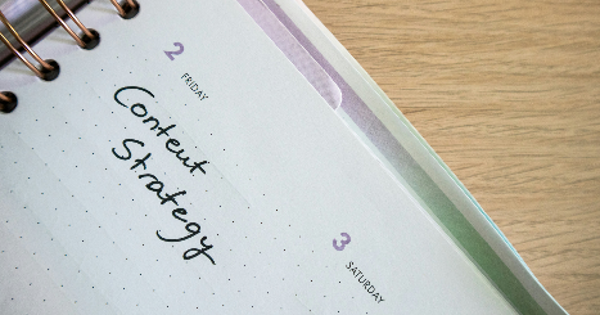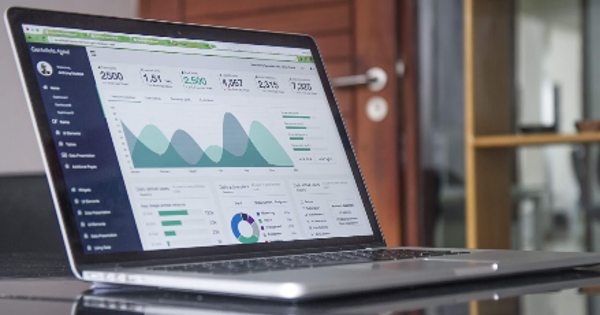5/24/2024
If you're looking to improve your online presence and attract more readers to your articles, then SEO content planning is the secret sauce you need.
In this article, we'll walk you through the ins and outs of SEO content planning and show you how to organize your content strategy for success. Let's dive in!
Key Takeaways
- SEO Content Planning Definition
- Keyword Importance
- Audience Understanding
- Organizing Content Strategy
- Website Analytics Monitoring
- User Feedback Response
- A/B Testing
- Continuous Improvement
What is SEO Content Planning?
When someone searches for a topic related to your article, you want your piece to be front and center on that search engine results page (SERP). Why? Because higher visibility means more readers, and more readers mean more engagement and potential conversions.
Understanding Keywords and Their Importance

Choose your words tiles - Photo by Brett Jordan on Unsplash
Keywords are the backbone of SEO content planning. These are the words and phrases people use when searching for information online. Incorporating relevant keywords in your content can significantly boost your chances of being found by your target audience.
Tips for Choosing Keywords:
- Focus on long-tail keywords: These are more specific phrases that narrow down the search and target a particular audience. For example, instead of "dessert recipes," use "easy chocolate chip cookie recipes."
- Use keyword research tools: SEO tools for writers can help you find popular keywords related to your topic.
Knowing Your Audience
Before you start planning your content, it's crucial to understand your target audience. Knowing their preferences, pain points, and interests will guide you in creating content that resonates with them. Here's how you can do it:
Create Buyer Personas: These are fictional representations of your ideal readers based on demographic data and behavior patterns. Imagine who your typical reader might be, what they do, and what they're looking for in your content.
Use Social Listening: Engage with your audience on social media platforms, join relevant forums, and pay attention to the questions and comments they have. This will give you insights into what matters most to them.
Organizing Your Content Strategy

Desk with a planner with the words Content Strategy on it - Photo by Walls.io on Unsplash
Now that you understand the basics of SEO content planning let's get into the nitty-gritty of organizing your content strategy.
Establish Clear Goals
Before you put pen to paper (or fingers to keyboard), define the goals you want to achieve with your content. Do you want to inform, entertain, persuade, or sell?
Knowing your objectives will shape the tone, style, and structure of your article.
Create an Editorial Calendar
An editorial calendar is your roadmap for content creation. It helps you plan and schedule your articles, ensuring a consistent flow of content over time.
Here's what you should include in your editorial calendar:
- Topic Ideas: Brainstorm a list of potential topics related to your niche.
- Keyword Targets: Assign relevant keywords to each topic to optimize for search engines.
- Publishing Schedule: Decide on the frequency of your content publication (e.g., once a week, twice a month).
- Promotion Strategy: Plan how you'll promote each piece of content (e.g., social media, email newsletters).
Optimize Your Headlines
Your headline is the first thing readers see, so make it catchy and compelling. A well-crafted headline can entice users to click on your article in search results or social media feeds.
Tips for Writing Click-worthy Headlines:
Use numbers (e.g., "10 Tips for...", "5 Ways to...") to indicate a list-style article.
- Ask a question that piques curiosity (e.g., "Ever wondered how to...?").
- Promise a solution to a problem (e.g., "How to Master SEO Content Planning and Boost Your Traffic").
Structure Your Content for Readability

black pen on white notebook - Photo by goxy bgd on Unsplash
Use Subheadings: Break your content into sections with informative subheadings. This helps both readers and search engines understand the content better.
- Short Paragraphs: Write in short paragraphs to make your content more scannable and digestible.
- Bullet Points and Lists: Whenever possible, use bullet points or numbered lists to present information concisely.
Leverage Internal Linking
Internal linking is the practice of adding hyperlinks within your content that lead to other pages on your website.
This not only helps readers navigate to related articles but also improves your site's SEO by establishing a clear site structure and distributing link authority across your pages.
Example: In this article, we've linked to other relevant articles like "Understanding Keywords and Their Importance" and "Knowing Your Audience" to provide additional value.
Optimize Meta Tags
Meta tags are snippets of text that describe the content of your web page. They play an important role in how search engines display your content in their results.
The two essential meta tags are:
- Title Tag: This appears as the clickable headline on a search engine results page and should include your target keyword and be enticing to users.
- Meta Description: A brief summary of your article that encourages users to click through to your content.
Measure and Improve Your Content Strategy

Statistics on a laptop - Photo by Carlos Muza on Unsplash
Once you've implemented your SEO content planning and published your articles, the journey doesn't end there. You need to analyze how your content is performing and make improvements accordingly.
Use SEO tools for writers to make this process easier.
Monitor Website Analytics
Use tools like Google Analytics to track important metrics such as:
- Organic Traffic: The number of visitors who found your website through search engines.
- Bounce Rate: The percentage of visitors who left your site after viewing only one page.
- Time on Page: How long visitors spend reading your content.
- Conversion Rate: The percentage of visitors who completed a desired action, like signing up for your newsletter.
Respond to User Feedback
Pay attention to the comments, feedback, and questions you receive from your readers. Engaging with your audience will not only build a loyal community but also provide you with valuable insights into what they want to read.
A/B Testing
Consider experimenting with different headlines, meta descriptions, and content structures. A/B testing allows you to compare different versions of your content to see which one performs better.
Final Thoughts
SEO content planning is a powerful tool that can lift your writing career to new heights. By understanding your audience, strategically organizing your content, and continuously measuring and improving your strategy, you'll be well on your way to attracting more readers and building a strong online presence. Happy writing!
Frequently Asked Questions
SEO content planning involves organizing and optimizing content to improve visibility on search engine results pages (SERPs). It is essential for attracting more readers, increasing engagement, and achieving potential conversions.
Keywords are vital as they are the words and phrases people use when searching for information online. Incorporating relevant keywords in your content enhances the chances of being found by your target audience.
Focus on long-tail keywords for specificity, and use SEO tools for writers to find popular keywords related to your topic. This ensures your content aligns with what users are searching for.
Understanding your target audience's preferences, pain points, and interests guides the creation of content that resonates with them, leading to increased engagement and better conversion potential.
Establish clear goals, create an editorial calendar, optimize headlines for readability, structure content effectively, leverage internal linking, and optimize meta tags.
Include topics, assign relevant keywords, set a publishing schedule, and plan your promotion strategy. An editorial calendar ensures a consistent flow of content and aligns with your content goals.
Use numbers, ask compelling questions, and promise solutions to problems. Well-crafted headlines entice users to click on your articles in search results or social media feeds.
Internal linking helps readers navigate to related articles, improves site structure, and distributes link authority across pages, enhancing both user experience and SEO.
Meta tags are text snippets describing the content of a web page. Title tags and meta descriptions are essential. Title tags include the target keyword and are enticing, while meta descriptions provide a brief summary encouraging users to click through.
Monitor website analytics using tools like Google Analytics, respond to user feedback and comments, consider A/B testing to experiment with different content versions, and continuously measure and improve your content strategy for ongoing success.

